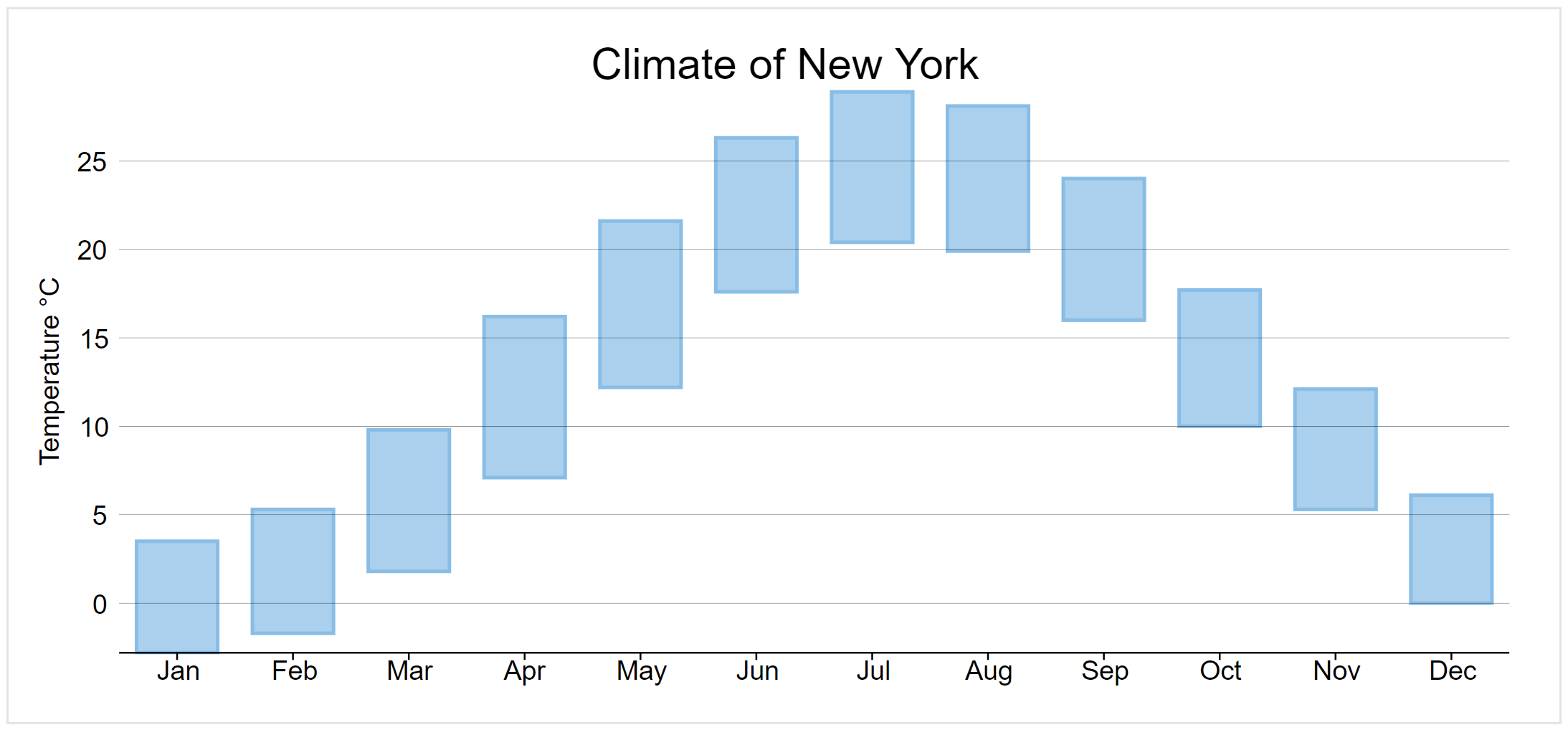

) The AVERAGE function syntax has the following arguments: Number1 Required. For example, if the range A1:A20 contains numbers, the formula AVERAGE (A1:A20) returns the average of those numbers. However, OFFSET is a volatile function, and can cause performance problems when used in larger, more complex worksheets. To calculate the average of values in a column, pass the column values as an argument to the mean () function. Returns the average (arithmetic mean) of the arguments. OFFSET is designed to return a range, so the formulas are perhaps simpler to understand. You can build a similar formulas with the OFFSET function, shown below: =SUM(OFFSET(C5,0,0,J5,J6)) // sum When a user changes values in J5 or J6 the range is updated, and new results are returned. The formula in J8 is almost the same, but uses AVERAGE instead of SUM to calculate an average. Which returns 300, the sum of all values in C5:E9. The original formula is reduced to: =SUM(C5:E9) INDEX doesn't return a range, it only returns a single cell at that location, E9 in the example: INDEX(data,J5,J6) // returns E9 DAX AVERAGE(InternetSales ExtendedSalesAmount) Related functions The AVERAGEX function can take as its argument an expression that is evaluated for each row in a table. of Column 4) by the respective number of workdays, one obtains the mean.

Here, we give INDEX the named range "data", which is the maximum possible range of values, and also the values from J5 (rows) and J6 (columns). The following formula returns the average of the values in the column, ExtendedSalesAmount, in the table, InternetSales. A detailed calculation of the input, output, inventory, and range values can be. Inside the sum function, the first reference is simply the first cell in the range that covers all possible cells: =SUM(C5: This formula uses this feature to construct a dynamic range based on worksheet input.

In most formulas, you wouldn't notice the difference – Excel simply evaluates the reference and returns the value. This formula relies on on a specific behavior of INDEX - although it seems that INDEX returns the value at a particular location, it actually returns the reference to the location.


 0 kommentar(er)
0 kommentar(er)
